Silvia N. J. Moreno
Lightweight and Scalable Particle Tracking and Motion Clustering of 3D Cell Trajectories
Aug 14, 2019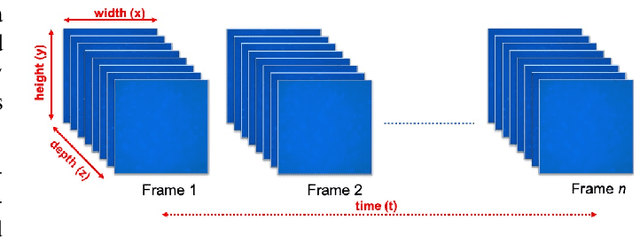

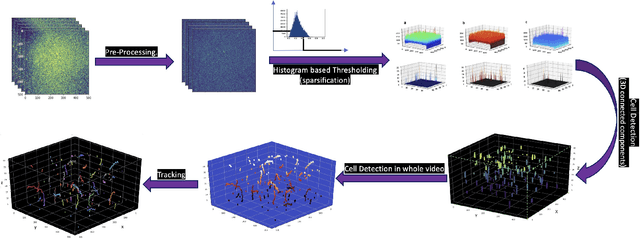
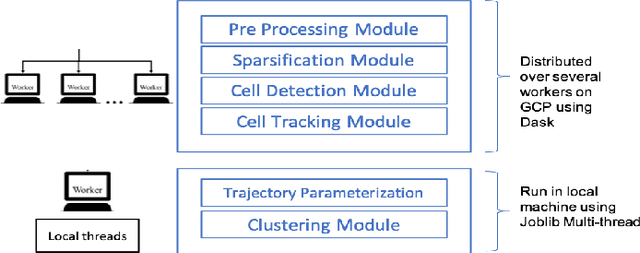
Abstract:Tracking cell particles in 3D microscopy videos is a challenging task but is of great significance for modeling the motion of cells. Proper characterization of the cell's shape, evolution, and their movement over time is crucial to understanding and modeling the mechanobiology of cell migration in many diseases. One in particular, toxoplasmosis is the disease caused by the parasite Toxoplasma gondii. Roughly, one-third of the world's population tests positive for T. gondii. Its virulence is linked to its lytic cycle, predicated on its motility and ability to enter and exit nucleated cells; therefore, studies elucidating its motility patterns are critical to the eventual development of therapeutic strategies. Here, we present a computational framework for fast and scalable detection, tracking, and identification of T. gondii motion phenotypes in 3D videos, in a completely unsupervised fashion. Our pipeline consists of several different modules including preprocessing, sparsification, cell detection, cell tracking, trajectories extraction, parametrization of the trajectories; and finally, a clustering step. Additionally, we identified the computational bottlenecks, and developed a lightweight and highly scalable pipeline through a combination of task distribution and parallelism. Our results prove both the accuracy and performance of our method.
Unsupervised Discovery of Toxoplasma gondii Motility Phenotypes
Jan 11, 2018



Abstract:Toxoplasma gondii is a parasitic protozoan that causes dis- seminated toxoplasmosis, a disease that afflicts roughly a third of the worlds population. Its virulence is predicated on its motility and ability to enter and exit nucleated cells; therefore, studies elucidating its mechanism of motility and in particular, its motility patterns in the context of its lytic cycle, are critical to the eventual development of therapeutic strate- gies. Here, we present an end-to-end computational pipeline for identifying T. gondii motility phenotypes in a completely unsupervised, data-driven way. We track the parasites before and after addition of extracellular Ca2+ to study its effects on the parasite motility patterns and use this information to parameterize the motion and group it according to similarity of spatiotemporal dynamics.
Computational Motility Tracking of Calcium Dynamics in Toxoplasma gondii
Aug 18, 2017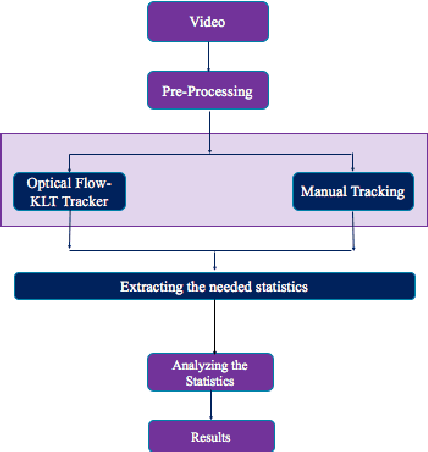
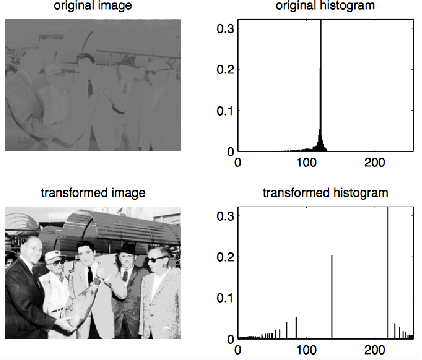
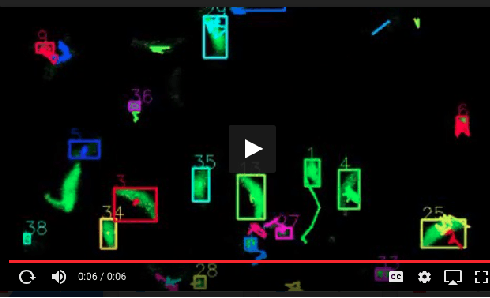
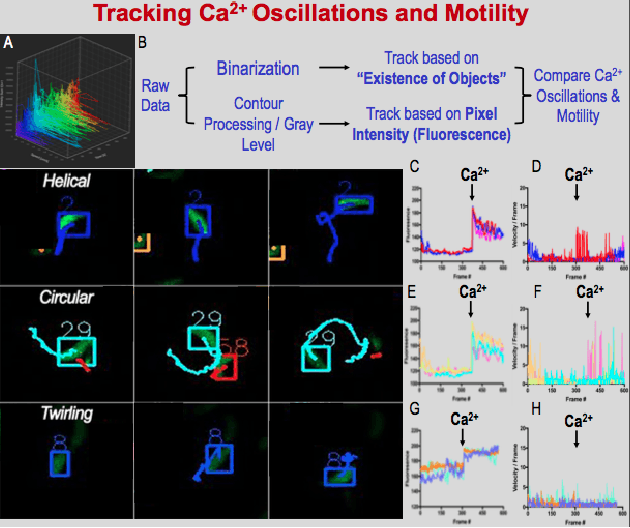
Abstract:Toxoplasma gondii is the causative agent responsible for toxoplasmosis and serves as one of the most common parasites in the world. For a successful lytic cycle, T. gondii must traverse biological barriers in order to invade host cells, and as such, motility is critical for its virulence. Calcium signaling, governed by fluctuations in cytosolic calcium (Ca2+) concentrations, is utilized universally across life and regulates many cellular processes, including the stimulation of T. gondii virulence factors such as motility. Therefore, increases in cytosolic calcium, called calcium oscillations, serve as a means to link and quantify the intracellular signaling processes that lead to T. gondii motility and invasion. Here, we describe our work extracting, quantifying and modeling motility patterns of T. gondii before and after the addition of pharmacological drugs and/or extracellular calcium. We demonstrate a computational pipeline including a robust tracking system using optical flow and dense trajectory features to extract T. gondii motility patterns. Using this pipeline, we were able to track changes in T.gondii motility in response to cytosolic Ca2+ fluxes in extracellular parasites. This allows us to study how Ca2+ signaling via release from intracellular Ca2+ stores and/or from extracellular Ca2+ entry relates to motility patterns, a crucial first step in developing countermeasures for T. gondii virulence.
 Add to Chrome
Add to Chrome Add to Firefox
Add to Firefox Add to Edge
Add to Edge